Advertisement
Advertisement
THE ULTIMATE 2011-2022 FORD RANGER BUYERS GUIDE
Y’know those die-hard fans of certain car brands? They’re the ones that hang flags with their favourite car manufacturer’s logo on them above their single bed at their mum’s house and come up to you on the tracks and say things like “LandCruisers rule!” which could’ve remained unsaid since it was clearly tattooed on their arm next to a crude image of an 80 Series?
Well, I’m not one of them. I don’t care who manufactured the vehicle. I care about what that vehicle is capable of, how reliable it is and where it can get me. If Great Wall came out tomorrow with a reliable ute that could go anywhere and beat the ones on the current market, best believe I would buy one. Why wouldn’t I? If it’s sturdy and it works, who cares who made it?
So well done you, because while everyone else is out remortgaging their house. And trying to convince their missus to make an OnlyFans so they can afford the repayments on an LC79, you’re here making sensible decisions.
There’s just no denying it, the Ford Ranger is one of the best utes on the market full stop. It’s more street-savvy than its agricultural alternatives. The chassis is dialed in. And when you compare the stats of a stock Ford Ranger 3.2L turbo diesel to a stock 4.5L V8 turbo diesel from a LandCruiser the figures will surprise you.
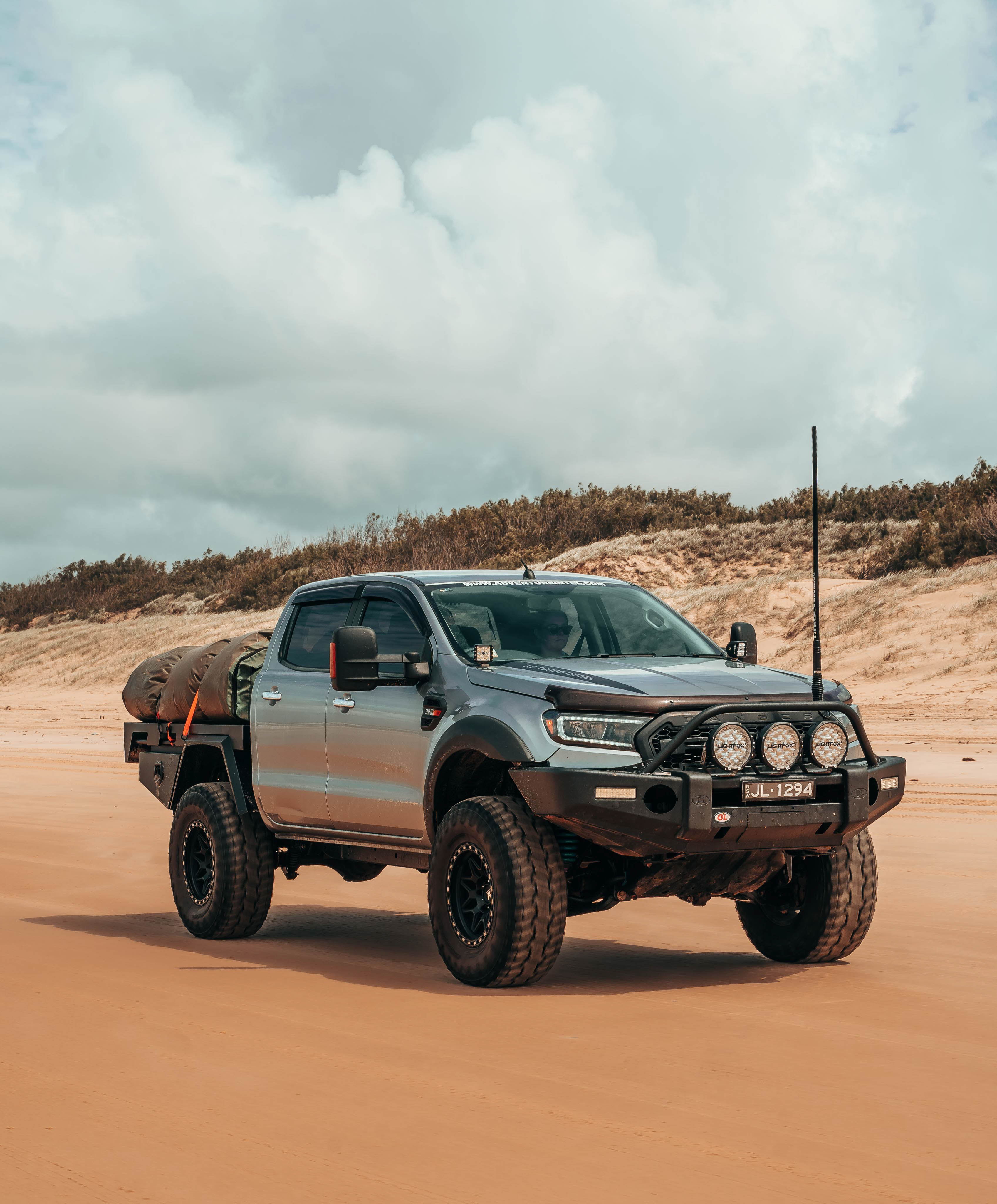
Told you they’re surprising. While the Ranger only marginally beats the LC79 in kilowatts, it puts out a whopping 40Nm more torque than the LC79. Even when compared to its V6 competitors such as the Amarok, the Rangers 3.2L powerhouse is larger in capacity.
Sure the motor is good but so is the interior, versatility, reliability, access to aftermarket accessories and price tag. The Ranger is cheaper to insure too. I went and got some quotes from the NRMA. I went with what the averages are for buyers. A 30-year-old male, putting the ute in a garage and driving 10-15,000KMs a year with no claims and no recent driving offences.
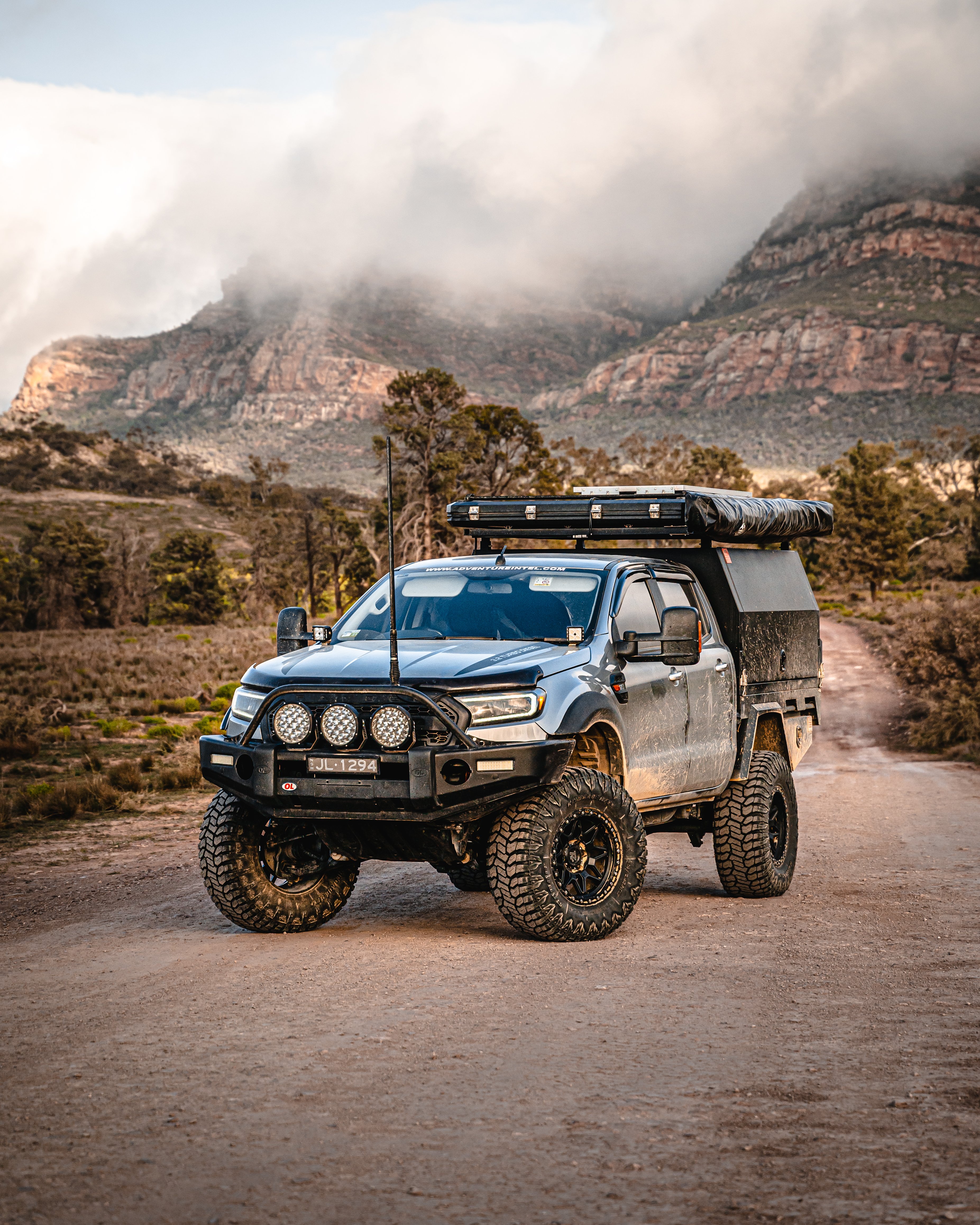
For a year’s worth of comprehensive insurance on the LC79, the total price was $3,206.31. For the exact same driver, a year’s worth of comprehensive coverage totalled $2,671.55. That means if you bought a Ranger you’d have an extra $534.76 to spend on beers!
You can go ahead and call me biased, it’s true I own a Ranger. But I’ve tested every single one of its competitors and I’m not into misleading people that’re trying to make informed consumer decisions. I want to see you spend your hard-earned the right way.
Throughout the entire range. Overall the year models. What makes the Ranger such a great buy remains fundamentally the same, the motor. That means no matter what year model or trim level you’re looking at, you can still get your hands on the powerful 3.2L engine and a solid chassis.
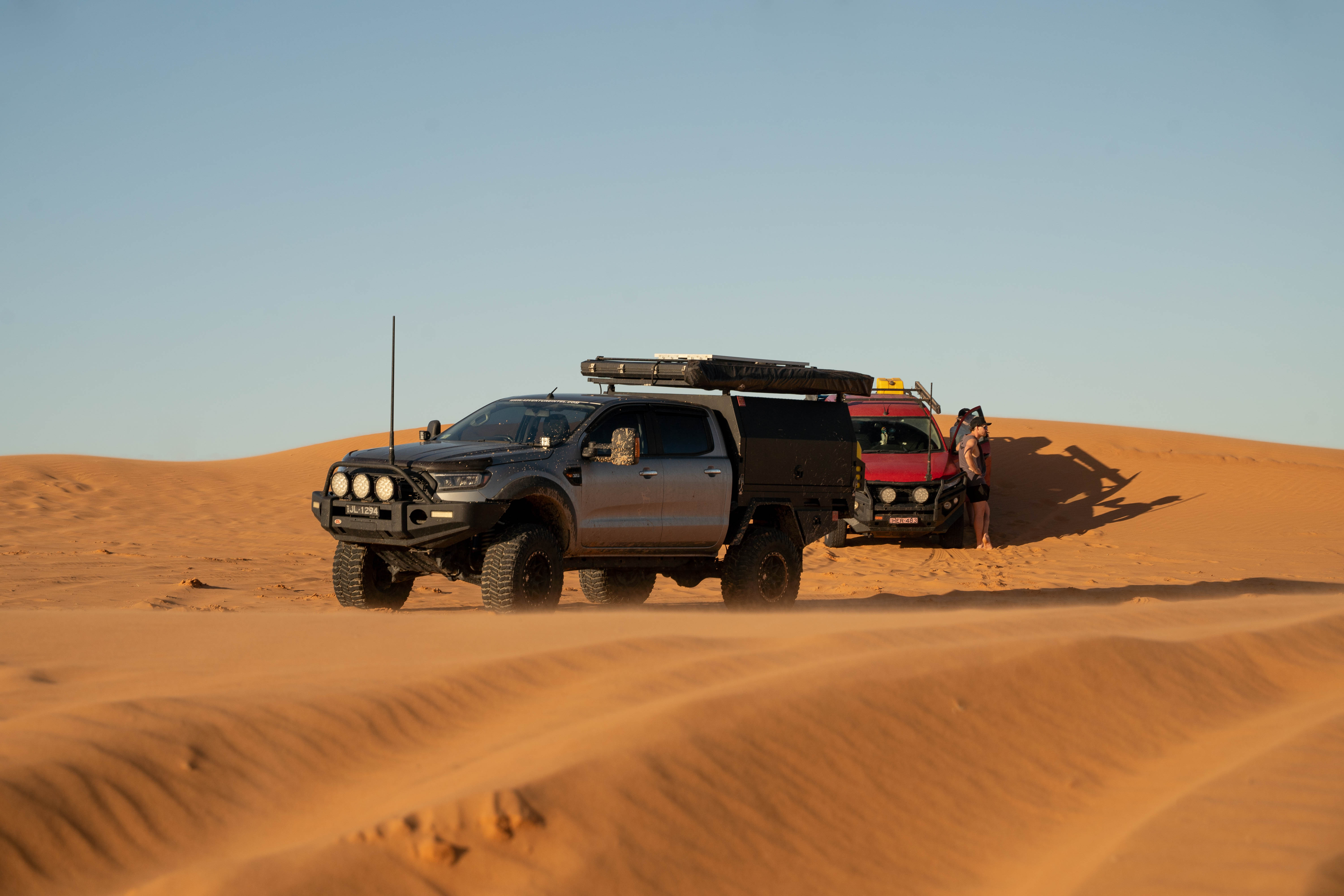
Ford invested significant coin into the production of the T6 Ranger which was introduced in 2011. The development was led by a team in Australia. And it was built to deal with the tough conditions Aussies face when they’re off-road. But, they didn’t forget that the Ranger would spend a fair bit of time on the blacktop too. They’ve designed it to tackle the majority of obstacles the everyday Aussie will face no matter where they are or what they’re doing.
Against its rivals, the Ranger is a standout competitor for a bucketload of reasons. But none are more notable than its long-travel suspension. It underpins the Ranger’s performance on and off the road. It leads the pack when it comes to the front and rear legroom thanks to its long wheelbase, which gives the added benefit of a larger cab without compromising the capacity of the tub.
Since its inception, there have been two major upgrades. In 2015 they released the PXII with a redesigned front end. It made for what is possibly still one of the best-looking utes on the road today. But the enhancements were more than just aesthetic. Ford introduced electronically assisted steering. Minor suspension tweaks. Upgraded fuel injection and a new turbo as well as a tonne of driver aids. Digital dash. Radar cruise control. Trailer anti-sway, park assist, you name it – it has it.
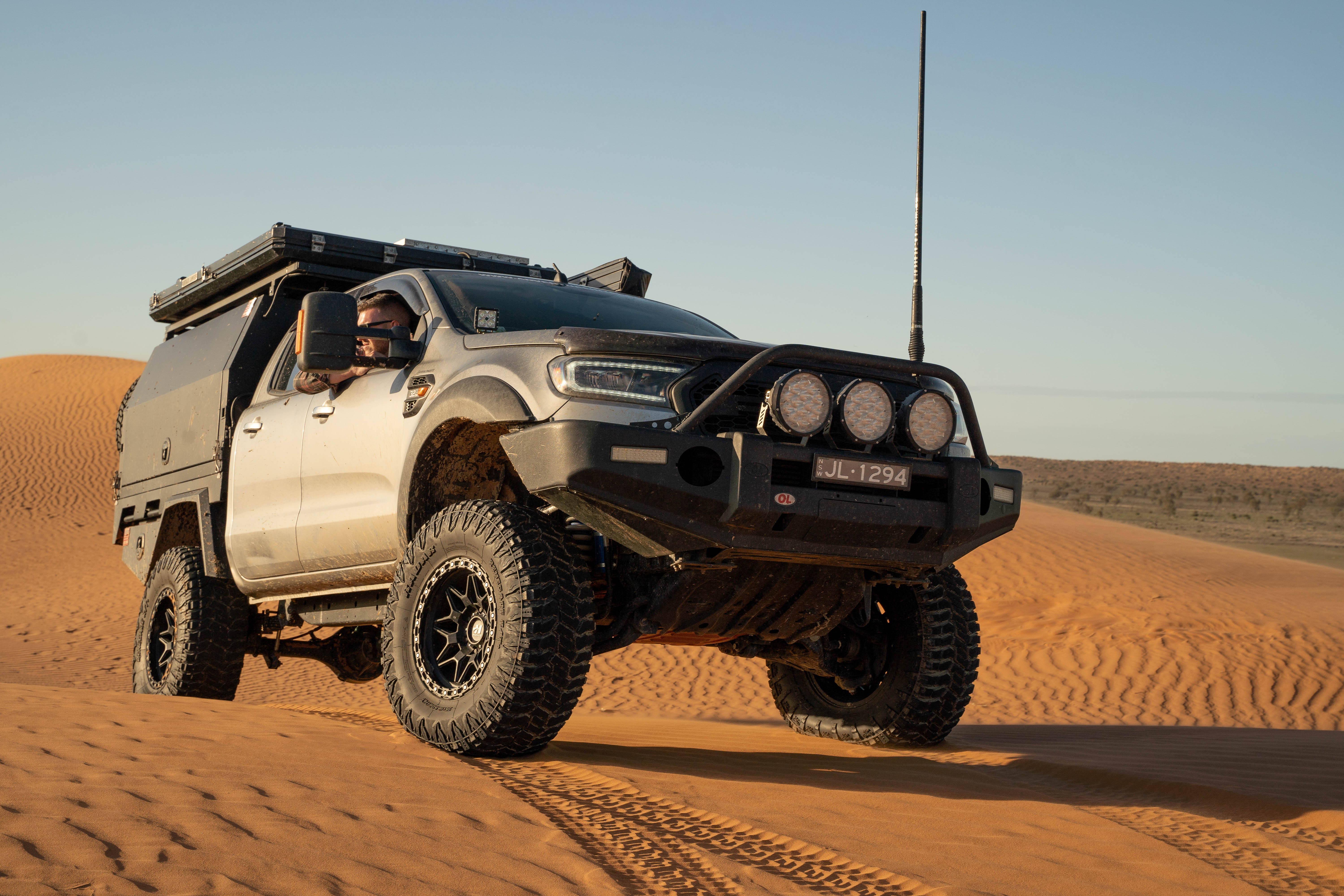
The Engos at Ford also listened to consumers and played around with the way the PXII tackled tough terrain. Switching off the function that was used to cut out the electronic traction control when the driver engaged the rear diff-lock, making it possible for PXII owners to utilise the factory rear diff-lock whilst still benefiting from traction control – which is what you need when you’re trying to get every bit of momentum possible.
In 2019 the PXIII rolled out of the factory. It featured the same beefy looks that made the PXII popular while featuring an all-new choice of powertrain. A 2.0L bi-turbo. This was a bold move by Ford and they were met with an expected level of scepticism from consumers. The 157Kw and 500Nm of torque (also more than an LC79, just sayin’) won potential buyers over.
The upgrades didn’t stop there. A 10-speed gearbox was thrown behind the 2.0L bi-turbo. Revised headlights were added and safety was enhanced with the addition of emergency braking and a forward collision warning system. Or, as millennials would call it, the Tik-Tok while you drive without crashing feature. Though I’m almost positive that’s not what Ford intended it to be used for.
No matter which model Ranger you get your hands on you can expect it to be as well-behaved as a Drill Sergeants child. When I drove the PXIII I didn’t notice any change to the handling even with the tweaked suspension. So don’t let that play on your mind too much when deciding which model you’re going to buy.

It seems like Ford spent a bit of time tweaking small things in the engine and drivetrain of the PXII. It’s simply a nicer driving experience than the PXI. Speaking of engines. While the 2.0L bi-turbo in the PXIII is pokier and sips less diesel, I’d still choose the 3.2L turbo variant. The 10-speed in the 2.0L bi-turbo was as hesitant to pick gears as my missus is to pick what she wants for dinner.
The PXII and PXIII offer every mod-con you could want and boast four times more cup holders than the LC79 does. While the PX1 has the same cup holder offerings as its younger siblings it’s really only the XLT and Wildtrak variants that offer a sense of luxury.
The average fuel economy of all variants is an acceptable 11.4L/100KM around town. But as with all vehicles you can expect that to increase when you head off-road.
The Ranger comes into its own once the hubs are locked. The majority of models come equipped with rear lockers and hill descent control. The rear diffs sport 3.7 ratios which make them a great all ‘rounder when it comes to towing heavy loads and performing when the going gets tough.
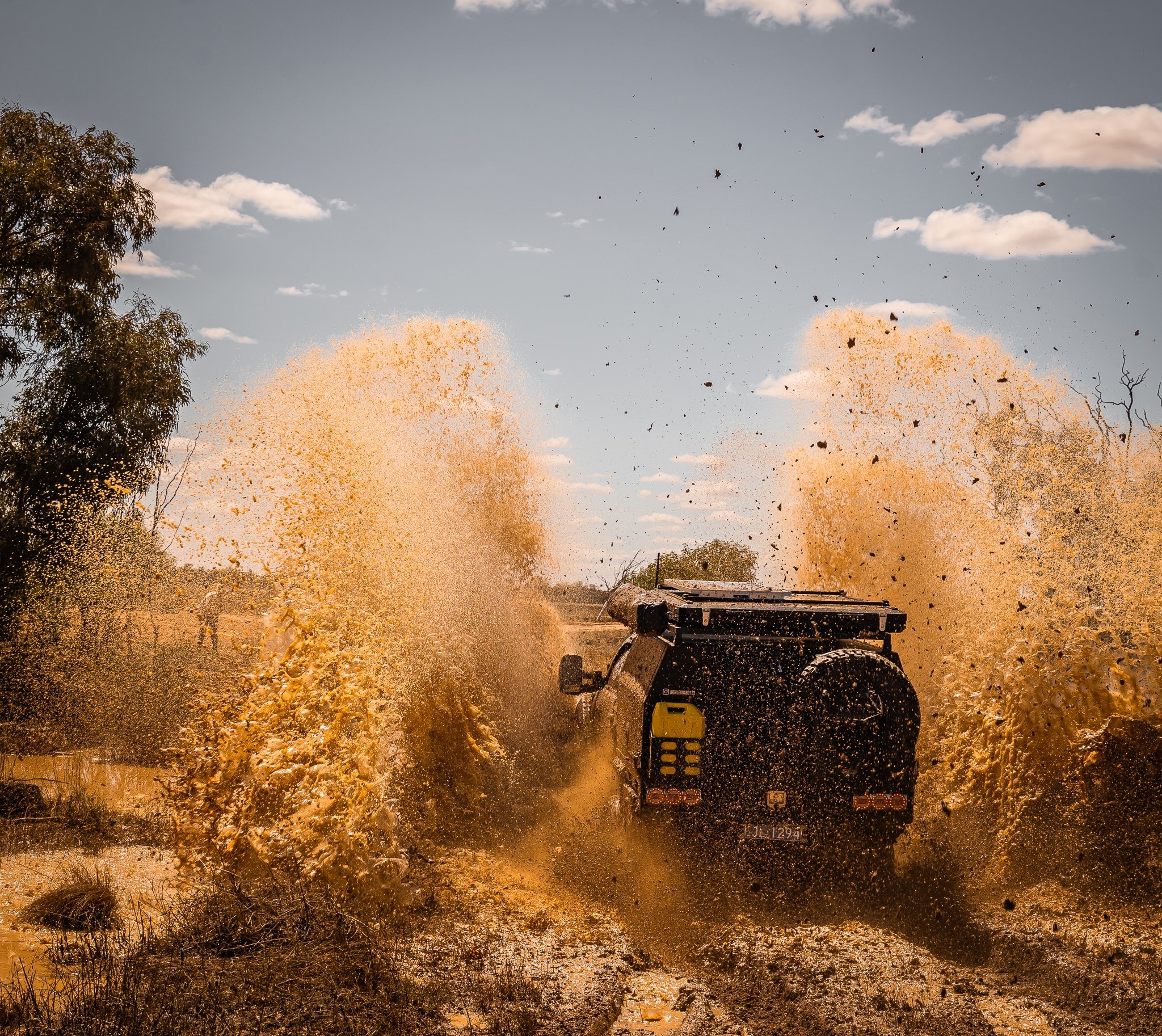
The 3.2L turbo diesel definitely leads the pack in the dirt. If you’re planning on hitting sandy tracks and steep hills I’d suggest you try to nab yourself one with an automatic transmission.
The PXIII with its 2.0L bi-turbo motor is a capable platform. But doesn’t get my seal of approval for off-road use. For that, we can again blame the transmission which becomes less smooth than a teenager trying to chat up a supermodel once you engage 4X4.
The Ranger isn’t perfect. And there are a few things you should know before you pass a fist full of your hard-earned over to some bloke off Gumtree.
Though I have to say. My Ranger has had a life harder than any other and it’s never let me down.
The first thing, while largely irrelevant, can’t go unsaid. XLT stands for X-tra Luxury Truck and I have wrinkles from how many times knowing that has made me cringe.
Now that’s been said, here’s what else you should know. Early PX1’s suffered from a few automatic transmission issues. And the 3.2L turbo diesel engines have been known to split intercooler hoses… and EGRs.
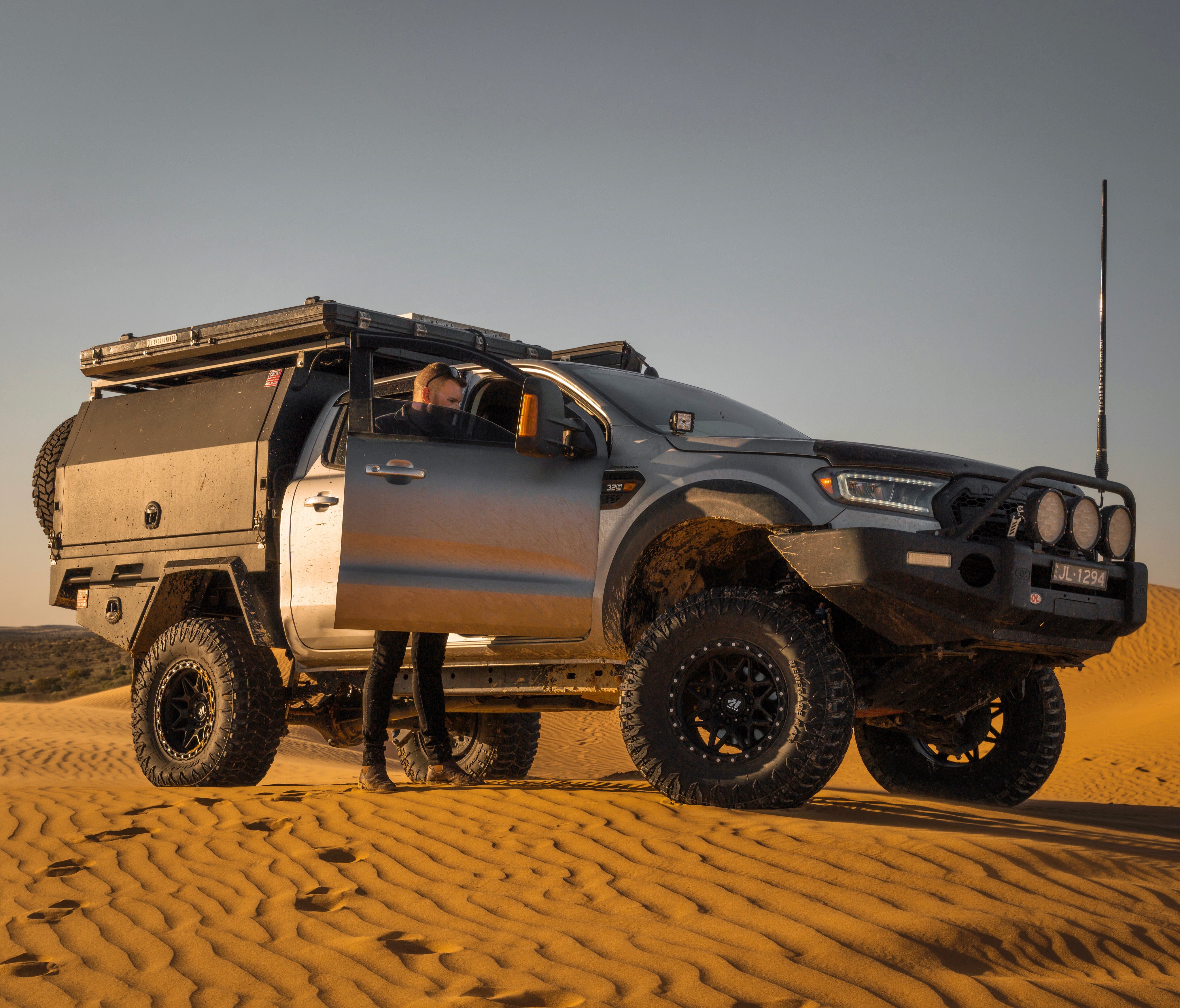
Though I’ve never seen either of these things happen I’ve heard the horror stories. Slapping in some upgraded intercooler hoses and an EGR delete will quickly mitigate these issues. But being the upstanding and law-abiding bloke who doesn’t want to get sued that I am. I must point out that EGR deletes are illegal and if you do one, all the butterflies will die and you won’t be able to appreciate rainbows anymore because of the acid rain in your eyes. But also, your engine won’t blow up.
Ford decided that the 3.2L turbo diesel motors would benefit from a variable-pressure oil pump. It saves on fuel, but isn’t self-priming so you have to drain the oil and replace the filter in under 10-minutes. Obviously, the engineer who decided this was a good idea hated all future Ranger owners because if you get it wrong and start the motor, well… just make sure you call your missus from a phonebox in the middle of nowhere when you tell her the engine needs a rebuild.
Picking models is always hard, personally, I would choose Miranda Kerr but if you’re talking about Ford Rangers, it’s the PXII all day every day. It’s got just the right amount of technology, proven reliability, and all the off road prowess a bloke could wish for. Not to mention, just like Miranda, it’s bloody good-looking.
2011 – 2015 Ford Ranger PXI 3.2L 4X4 Dual Cab: $22,200 – $42,000
2016 – 2018 Ford Ranger PXII 3.2L 4X4 Dual Cab: $21,900 – $79,500
2019 – 2022 Ford Ranger PXIII 2.0L 4X4 Dual Cab: $42,400 – $89,900
Came here from Josh’s Insta and was not disappointed. He’s the Aussie Jeremy Clarkson that we didn’t know we needed.
I love the story Josh.
When’s the tv show starting?
I have a 2018 model xlt and can say it is an excellent vehicle. The only gripe i have is with the headlights which are only there to fill in the hole above the mudguards. They are so dull that i will not drive at night unless it is an emergency. My son recently drove it and as night fell he asked where the light switch was and when i told him they were already on he was horrified. I complained to the Ford dealer about them and was told nothing can be done to upgrade them as the vehicle senses an upgrade and shuts down. My auto electrician has told me the same thing. I have noticed that in all vehicle tests no one ever teste the headlights and this should be a prioority.
Can never understand the obsession with LC 79’s. Gutless and underpowered. Then wow let’s waste a bucket of money on it to fix all the shortfalls. Haven’t improved since the 40series.